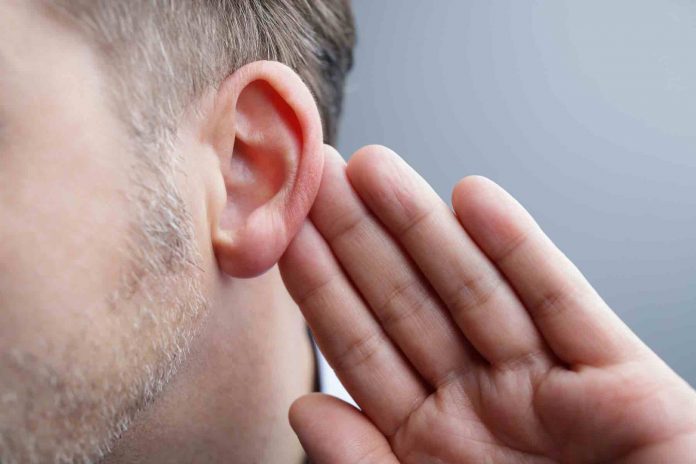Almost 50 million people in the US suffer from hearing loss; one of the most common reasons for this problem is due to prolonged exposure to very loud noises. A new study by researchers at Harvard medical school has reported that it might be possible to reverse noise-induced hearing loss.
Noise-induced hearing loss is caused by the destruction of sensory hair cells in the cochlea, which is the auditory component of the inner ear; the hair cells are the primary receptor cells for sound. The researchers conducted a rodent study and found that the application of an enzyme-inhibiting drug to the cochlea of deaf newborn mice could induce supporting cells in the ear to transform into hair cells. Their study is the first to demonstrate hair cell regeneration in a mammal; thus, they are hopeful that their findings may someday lead to treatments that could induce hair cell regeneration in humans to treat noise-related hearing loss.
The investigators found that supporting cells, which surround hair cells in the normal cochlear epithelium, differentiate into new hair cells in the newborn mice. They found that the new hair cells, which are predominantly outer hair cells, arise from precursor cells and that a drug treatment they developed can stimulate the production of new hair cells. They are hopeful that further research can lead to treatments for deafness.
According to the National Institutes of Health, noise-induced hearing loss can be caused by a one-time exposure to an intense “impulse” sound, such as an explosion, or by continuous exposure to loud sounds over an extended period of time, such as noise generated in a woodworking shop. Sound is measured in units called decibels. Sounds of less than 75 decibels, even after long exposure, are unlikely to cause hearing loss. However, long or repeated exposure to sounds at or above 85 decibels can cause hearing loss. The louder the sound, the shorter the amount of time it takes for noise-induced hearing loss to occur.
Average decibel ratings of some familiar things:
The humming of a refrigerator: 45 decibels
Normal conversation: 60 decibels
Noise from heavy city traffic: 85 decibels
Motorcycles: 95 decibels
An MP3 player at maximum volume: 105 decibels
Sirens: 120 decibels
Firecrackers and firearms: 150 decibels
Awareness of decibel levels is important to help an individual protect his or her hearing, how far away one is from the source and how long one is exposed to the sound are equally important. A good rule of thumb is to avoid noises that are too loud, too close, or last too long.
Individuals of all ages, including children, teens, young adults, and seniors, can develop noise-induced hearing loss. Approximately 15% of Americans between the ages of 20 and 69, or 26 million Americans, have hearing loss that may have been caused by exposure to loud sounds or noise at work or in leisure activities. Recreational activities that can put someone at risk for noise-induced hearing loss include target shooting and hunting, snowmobile riding, listening to MP3 players at high volume through earbuds or headphones, playing in a band, and attending loud concerts. Harmful noises at home may come from lawnmowers, leaf blowers, and shop or woodworking tools.















